There is a wonder in reading Braille that the sighted will never know: to touch words and have them touch you back
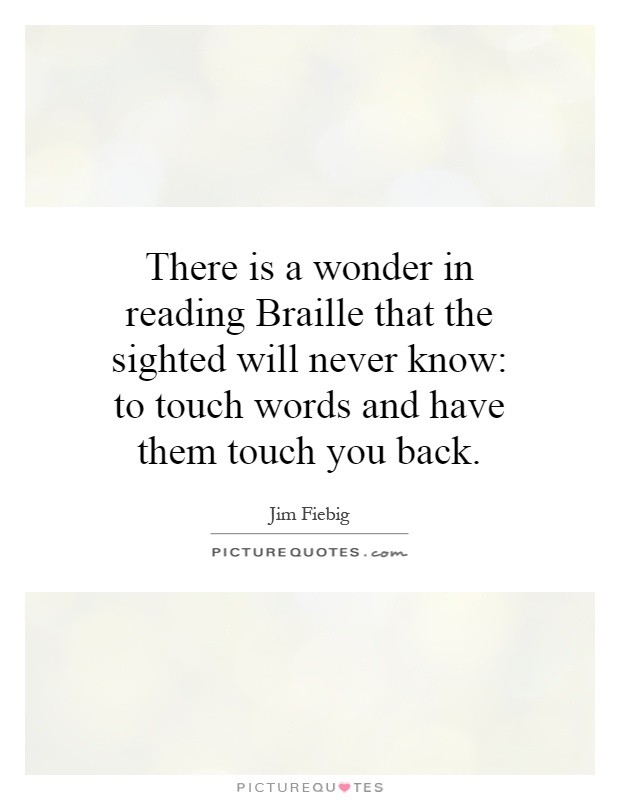
There is a wonder in reading Braille that the sighted will never know: to touch words and have them touch you back
Jim Fiebig, a blind author and advocate for the visually impaired, once said, “There is a wonder in reading Braille that the sighted will never know: to touch words and have them touch you back.” This profound statement encapsulates the unique experience of reading through touch, a sensation that is often taken for granted by those who rely solely on their sight to navigate the world.For individuals like Jim Fiebig, who are blind or visually impaired, Braille is not just a means of accessing information, but a way of connecting with the written word on a deeper level. The act of running one’s fingers over the raised dots and feeling the words come to life under their touch is a truly intimate and personal experience. It is a form of communication that transcends the limitations of sight and allows individuals to engage with literature in a way that is both tactile and emotional.
In a world that is increasingly dominated by screens and digital devices, the art of reading Braille is a reminder of the power of human touch and the importance of physical interaction with the written word. For those who are sighted, it can be difficult to imagine the profound impact that reading through touch can have on a person’s understanding and appreciation of language. But for individuals like Jim Fiebig, who have spent their lives navigating the world through their sense of touch, Braille is not just a tool for reading, but a gateway to a deeper connection with the written word.



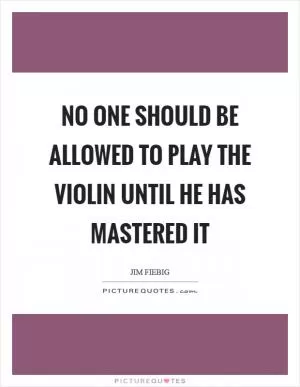
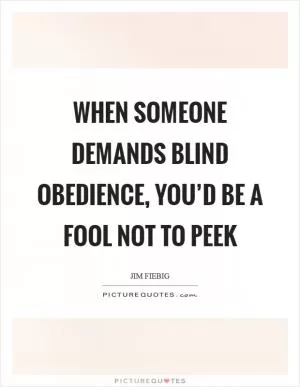




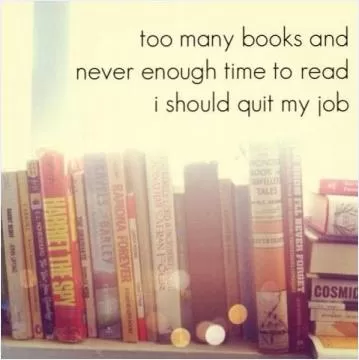
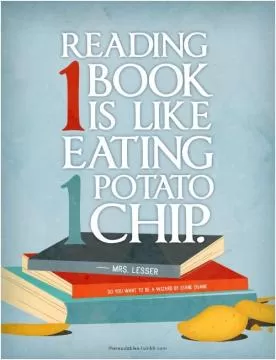
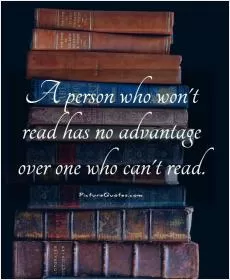
 Friendship Quotes
Friendship Quotes Love Quotes
Love Quotes Life Quotes
Life Quotes Funny Quotes
Funny Quotes Motivational Quotes
Motivational Quotes Inspirational Quotes
Inspirational Quotes